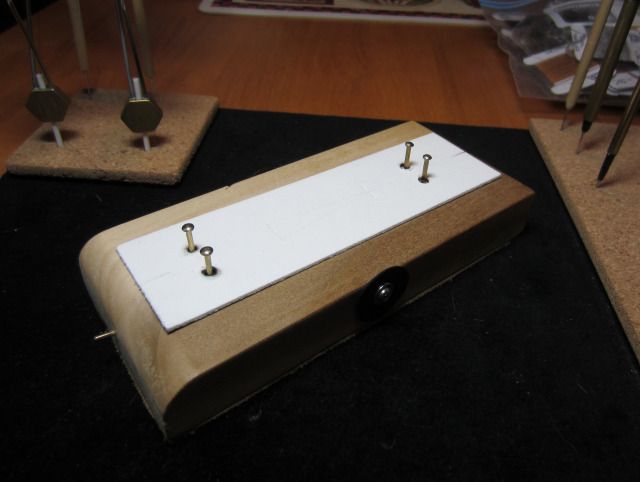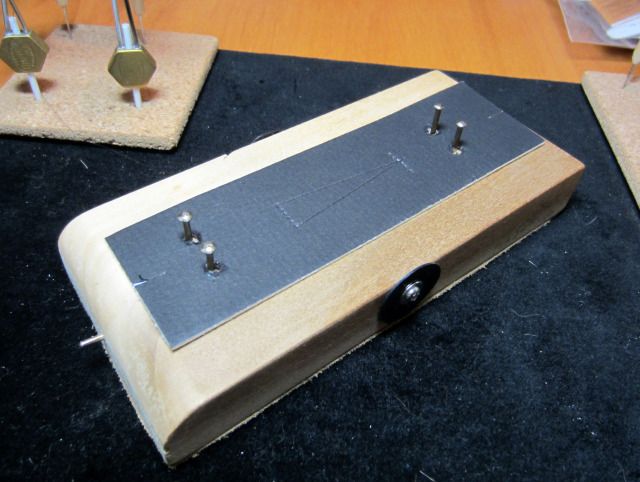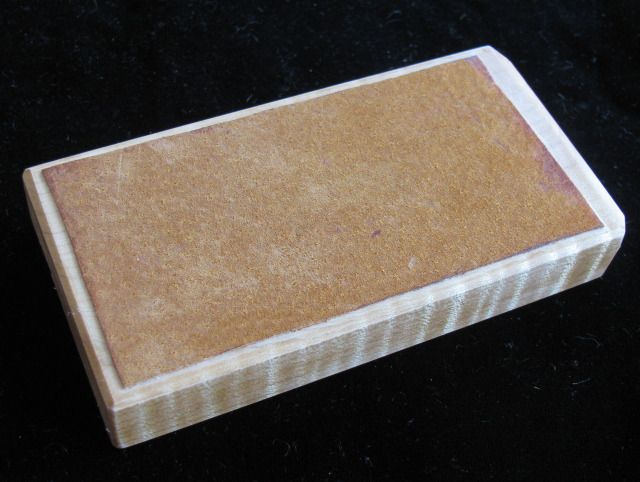I really wish I had a few hundred more dubbed loops from the block under my belt. It will just have to evolve like everything else. When I was first considering the block there was some discussion over the friction placed on the fibers during the spinning. Lance, I appreciate what you said about at times using your hand to manipulate softer fibers on the thread. I can also appreciate your use of a smooth untextured surface for spinning. I first tied a number with just the block, using the technique Ray showed me clamping a pair of hackle pliers with a barrel that allows the pliers to spin while you hold the barrel. I played with that for a bit but found that I preferrec to simply lift the two ends of the thread from the groove and spin them with my fingers, allowing the sparser end of the taper to touch the surface while holding the more heavily dubbed end nearest my fingers up to create a thorax portion with wild streak. I taped a piece of felt to the block to increase the friction, but it created some binding and just too inconsistent. I then taped a section of velvet to the block and liked it more, but still wanted less friction, while providing a small amount when it seemed best. The leather is really nice for that, and the color on this block didn't allow for a lot of contrast, but I really found it to work out well enough. I would prefer a black background, but either white or black seems fine.
This is pic heavy but I was able to capture Bill using the Shuck Maneuver while he was showing his technique for tying an Adams Flymph with muskrat belly and Shuck Wax. Enjoy.
Here Bill is laying out his initial placement on the waxed thread
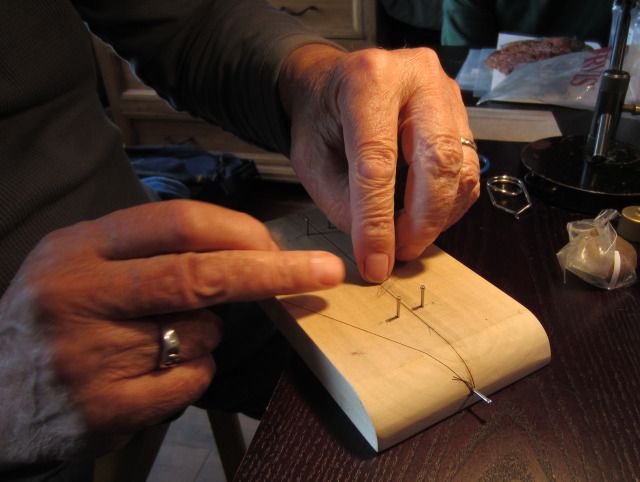
This shows him "carding" the fibers to align them before placing them perpendicular to the thread
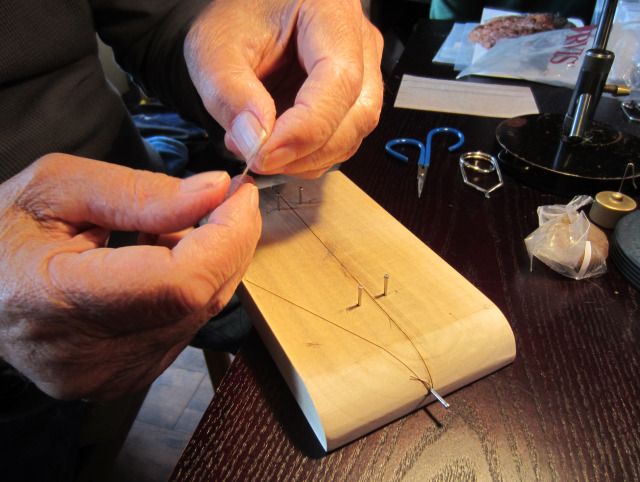
Completing the placement of the fibers

Combining the thread ends before attatching the traditional hackle pliers
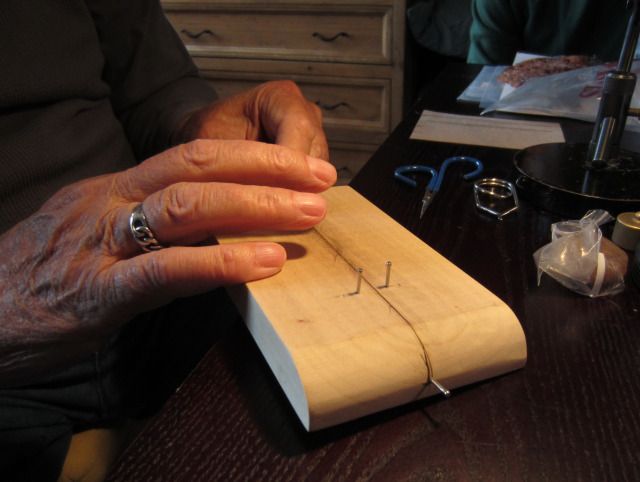
Clamping the threads
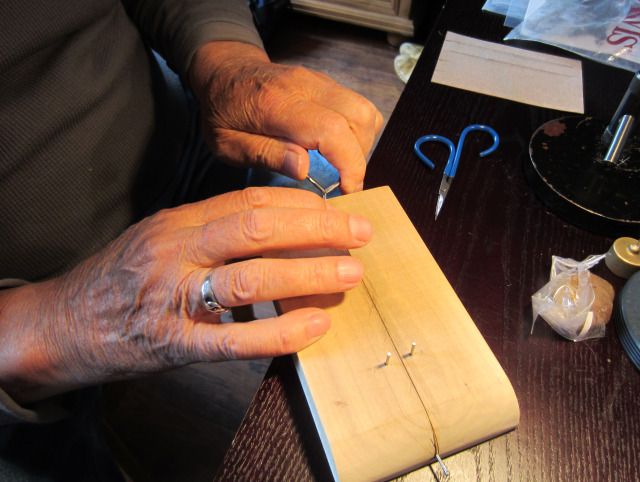
Then out of nowhere, he picked up the block and turned it upside down!...the Shuck Maneuver.
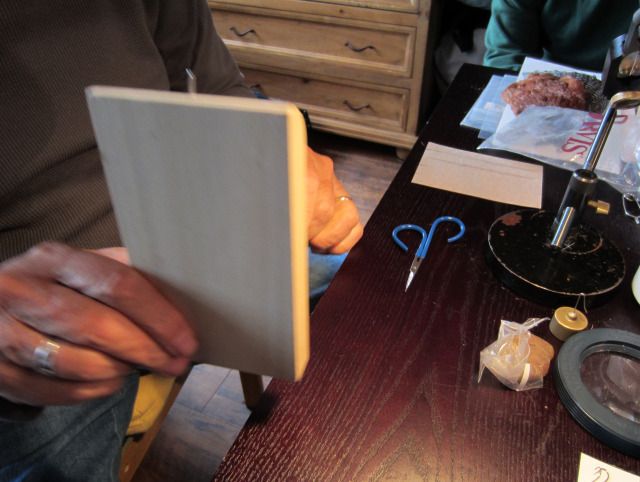
Made some final adjustments of the fibers before spinning

With the block held upside down and the loop hanging free, he spun the pliers to achieve a friction free twist.
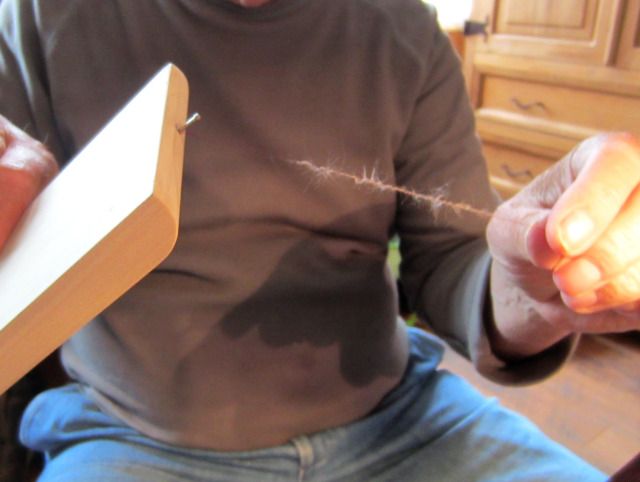
After putting the block back on the table, he placed the loop on the cardboard card.
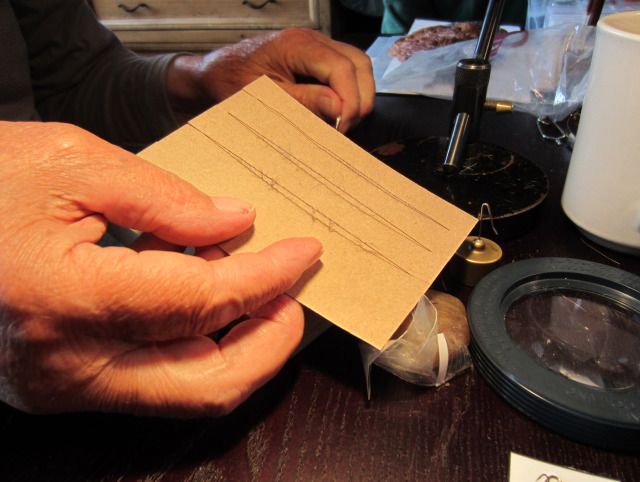
Tremendous focus
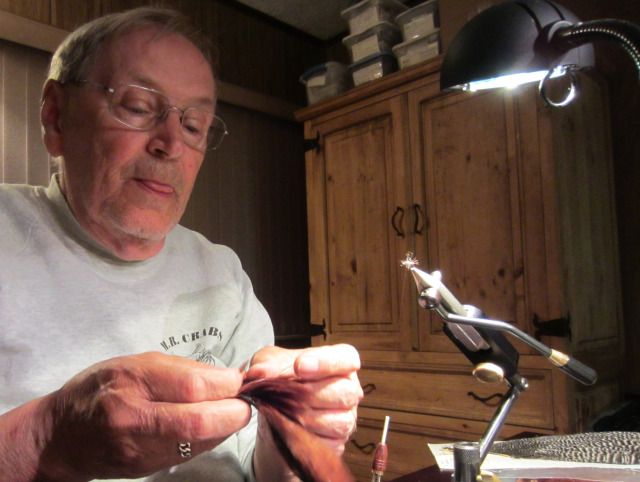
And there you have it, The Adams Flymph.
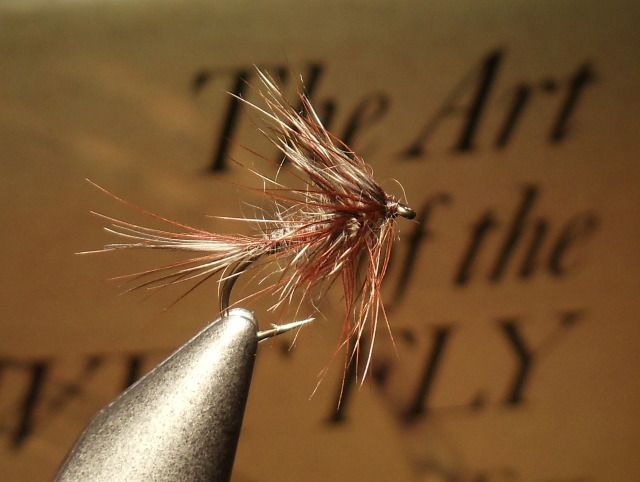
It would be interesting to see the step by step process of others. I commented at one point we had four blocks between us and I saw about 10 techniques.

w
















